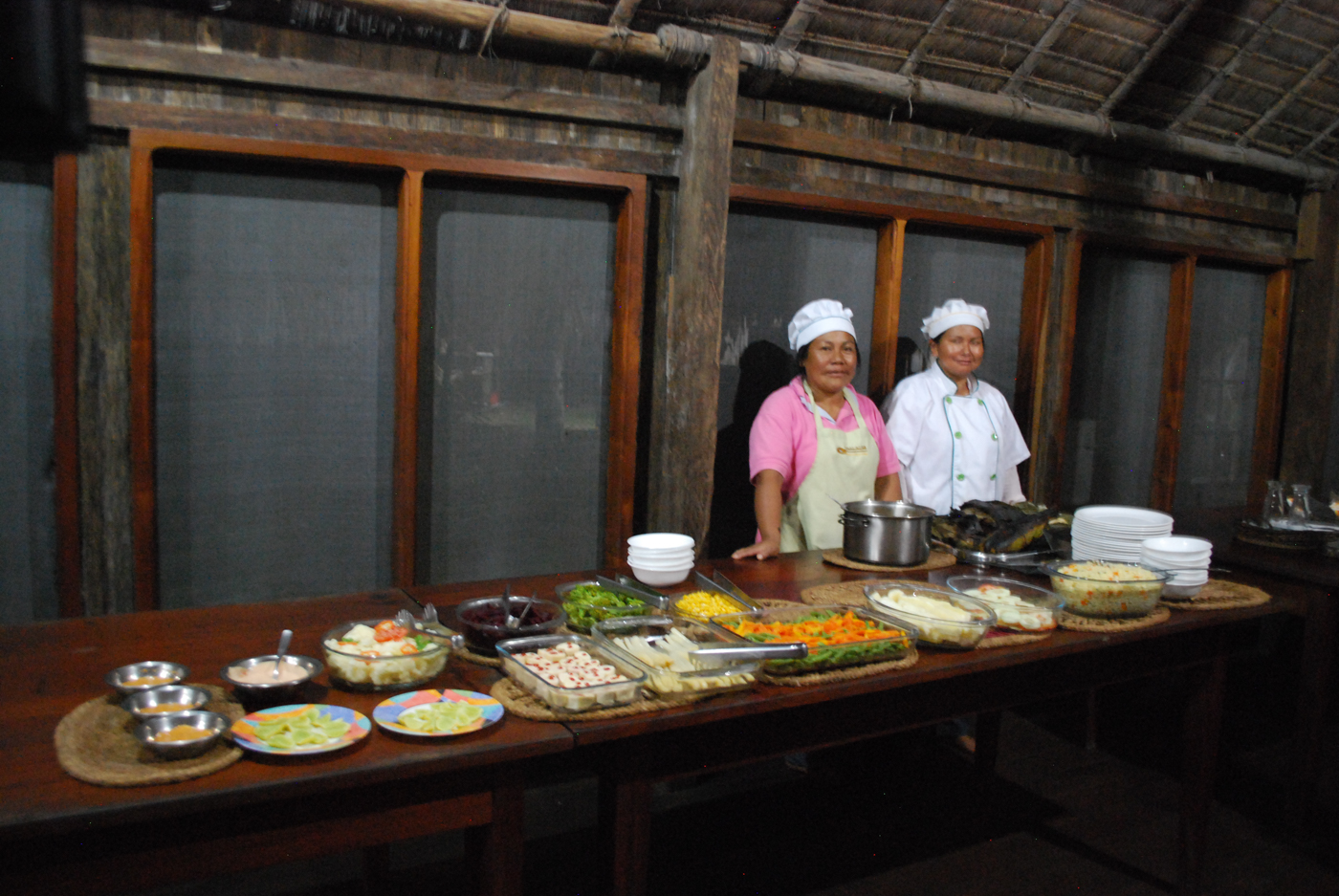Adventure in the Bolivian jungle

Amazonia is big. Very big. The basin of this vast river system impinges on the territory of nine South American nations. You, the nature enthusiast, can visit this vast carpet of primary rainforest in most of them, staying in a lodge, taking an expeditionary cruise, or even camping out. You probably won’t penetrate far into the jungle vastness, but you will be overwhelmed by the range of experiences you will enjoy.
But how do you choose where to go and what to do? Price and accessibility may weigh heavily on your decision, as will whatever else you are planning to do on your itinerary. Some of you will consider comfort a priority, others may wish to minimise travelling time, others to maximise wildlife viewing possibilities.
If, however, you long for a bit of adventure, a true wilderness experience in pristine rainforest with an enhanced opportunity to observe birds, reptiles and mammals, away from the crowds - even if it may take a while and not be so comfy to get there - and you are interested in benefitting a community-run project which really helps the local indigenous people, then I would direct you towards Bolivia.
One of the most attractive gateways to the Bolivian Amazon is Rurrenabaque, a small river port on the broad Amazonian tributary the river Beni which crouches behind a crinkly range of emerald mountains in the foothills of the Andes. You can fly there in just 40 minutes, in one of the most spectacular flights of your life, passing over ice-stifled Andean peaks studded with gemstone-clear lakes before plunging down to the steamy rainforest (hold on to your seats: it’s a small aircraft and the ride can be bumpy..). The dozy little town of relaxed and friendly people is shaded with palms and mango trees and has a market-busy riverside promenade.
 From here you can head into the Madidi National Park. This isn’t just a flat plate of homogenous rainforest: the park shelters a range of habitats from the lofty Andean summits at 5,500m above sea level through cloud forest down to steaming jungle at 300m, making it one of the most biodiverse protected area in the world. Up to 1,000 species of birds make their home here – more than the total for North America – a myriad of reptiles and over 5,000 species of flowering plant. Jaguar, puma, anteater, tapir and a plethora of reptiles roam their natural habitat here.
From here you can head into the Madidi National Park. This isn’t just a flat plate of homogenous rainforest: the park shelters a range of habitats from the lofty Andean summits at 5,500m above sea level through cloud forest down to steaming jungle at 300m, making it one of the most biodiverse protected area in the world. Up to 1,000 species of birds make their home here – more than the total for North America – a myriad of reptiles and over 5,000 species of flowering plant. Jaguar, puma, anteater, tapir and a plethora of reptiles roam their natural habitat here.
However, for you the adventurer, one of its greatest attractions is the lack of tourist infrastructure. Unlike similar areas in Brazil or Peru there is only a handful of lodges, most a bumpy motorised canoe ride up the Tuiche River, which flows into the Beni.
On my recent visit, I stayed at two of the most agreeable lodges, Chalalán and Madidi Jungle Eco-lodge. Both are owned and managed by enterprising indians from the isolated community of San José de Uchupiamonas, three hours further upriver. The story behind the establishment of these lodges is a fascination one.
There had been lakeside hunting and fishing trips at nearby Lago Santa Rosa in the region for years in the 1980s and the area was a popular destination for Israeli backpackers wanting to relive the famous survival experience of Yossi Ghinsberg (read his gripping story entitled “Lost in the Jungle”). Encouraged by a grateful Ghinsberg, whose life was saved by one of the local indians, 40 enterprising Quechua families from San José established an ecotourism project with the assistance of the Interamerican Development Bank and Conservation International. The location of the lodge was chosen for its proximity to the beautiful tranquil Laguna Chalalán, and it was built by local artisans using hard wood and long established building techniques, creating beautifully crafted cabins. The lodge is still managed and staffed by the community.
In recent years other families have established another very well run lodge, Madidi Jungle Eco-lodge, which is a little more basic, perfect for back-packers or individuals or families looking for a more economic alternative.
 Both lodges have delightful staff, offering nourishing meals using fresh local ingredients – probably much healthier that what you eat at home –and a range of well-guided jungle excursions and activities. Wildlife sightings cannot be guaranteed of course but during my short stay at both lodges I saw more than I have observed at any other Amazon lodge, including four out of the five species of monkey which inhabit the area. In fact a highlight was, having returned from a long sweaty jungle hike, I slumped into my hammock only for a troop of red howler monkeys to swing down from the trees just metres away, while a couple of hyacinth macaws swooped down from the tree tops. Magical.
Both lodges have delightful staff, offering nourishing meals using fresh local ingredients – probably much healthier that what you eat at home –and a range of well-guided jungle excursions and activities. Wildlife sightings cannot be guaranteed of course but during my short stay at both lodges I saw more than I have observed at any other Amazon lodge, including four out of the five species of monkey which inhabit the area. In fact a highlight was, having returned from a long sweaty jungle hike, I slumped into my hammock only for a troop of red howler monkeys to swing down from the trees just metres away, while a couple of hyacinth macaws swooped down from the tree tops. Magical.
Nothing is forever, though. Plans are afoot for the construction of bridges, hydro-electric power stations and oil and gas drilling which threaten the integrity of the park. Go now while you have the chance... it’s unforgettable.
Tailor-made holidays
Flexible, custom-made holidays to Latin America created to match your exact requirements: our tailor-made itineraries are as unique as the clients for whom they are designed.
Design my tripPapagaio
Your edit for Latin American inspiration
Our exciting range of articles on Latin America explore everything from iconic destinations and lesser-known cultural gems to delicious traditional recipes. You’ll also find exclusive travel tips, first-hand client reviews and the chance to get your personal questions answered by our travel experts.
View Extraordinary Inspiration



![BRA_Rio_Shutterstock_DESTINATIONGUIDE_with_Brazil_logo_parallel-1[1] BRA_Rio_Shutterstock_DESTINATIONGUIDE_with_Brazil_logo_parallel-1[1]](https://www.journeylatinamerica.com/app/uploads/2024/08/BRA_Rio_Shutterstock_DESTINATIONGUIDE_with_Brazil_logo_parallel-11-1-32x32-c-center.jpg)


































